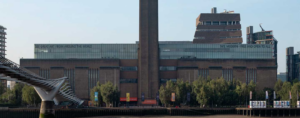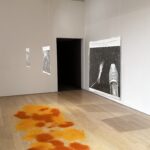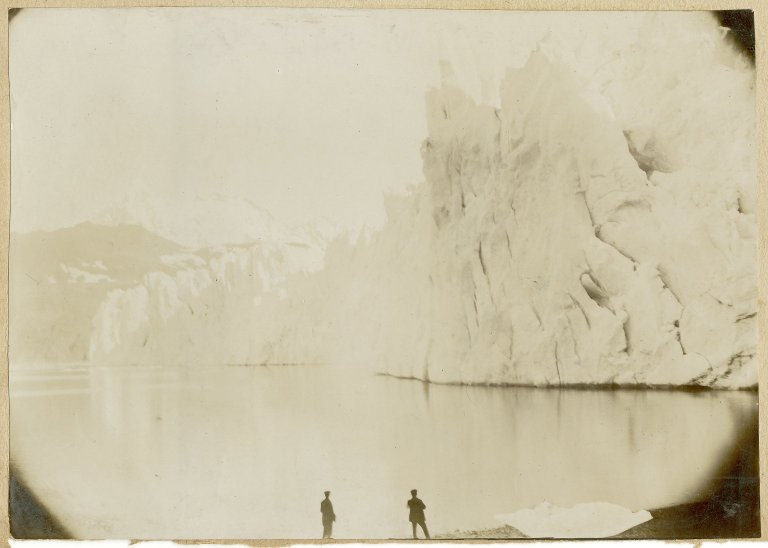Publishing as curatorial practice
Independent Research based on the lecture:
This week, after reading the book GIVE BIRTH TO ME TOMORROW, I learned that it is an extension of the Scottish LUX Artist Moving Image Festival, GIVE BIRTH TO ME TOMORROW. It is a reintroduction as well as a program guide and a letter. At the same time I have a great interest in the fact that GIVE BIRTH TO ME TOMORROW departs from the methodology of detachment that stubbornly extends a weekend festival into a full year(O’Brien, 2021). I wanted to explore whether the model of an arts festival intentionally going beyond the traditional weekend format and extending the event into a year is sustainable. Or does longevity diminish the impact of the festival, or does it lead to deeper engagement with the arts?
Research has shown that the relationship between people’s appreciation and the amount of time spent viewing artworks and labels is slightly stronger in a laboratory than in a museum. Thus, appreciation based on preferences and interests seems to be a stronger predictor of how long people spend viewing in the lab than appreciation in the museum, and also how long the viewing time is related to the art experience. (Brieber, 2014). It is also positive that the topic of audience engagement is gaining traction, with arts organizations now welcoming more diverse and representative audiences, and different organizations recognizing the facilitating role of place and space to actively create discursive social spaces. (Walmsley and Ben, 2019).
However, despite these positive aspects, lengthening festival timelines can lead to audience fatigue and reduced anticipation and excitement for a single event. Asking audience members too many questions too often tends to exhaust their attention span, in addition, reducing the number of events and interactions is considered to be a favorable behavior to enhance audience engagement (Tully, 2020).
About the collective project and individual project:
While “GIVE BIRTH TO ME TOMORROW” opens up new avenues for artistic presentation and engagement, it also prompts a re-examination of how festivals are organized and their goals. In order to maintain the vitality and impact of the festival, it may be necessary to find a balance between innovation and maintaining audience interest. In addition, our group’s collective project is also planned to be carried out in the form of art festival, which is divided into three major themes, so it is crucial to consider the audience’s interest points and reactions in the collective project.
References:
Brieber, D. et al. (2014) Art in time and space: Context modulates the relation between art experience and viewing time. PloS one. [Online] 9 (6), e99019–e99019.
Available at: https://journals.plos.org/plosone/article?id=10.1371/journal.pone.0099019
Tully, B. (2020). “How to avoid, and recover from, audience fatigue”. Available at:
https://brooketully.com/audience-fatigue/ Accessed 27 February 2024.
Walmsley, Ben. (2019) Audience Engagement in the Performing Arts A Critical Analysis / by Ben Walmsley. 1st ed. 2019. [Online]. Cham: Springer International Publishing.
Available at:https://link-springer-com.eux.idm.oclc.org/chapter/10.1007/978-3-030-26653-0_9


 TATE MODERN
TATE MODERN


